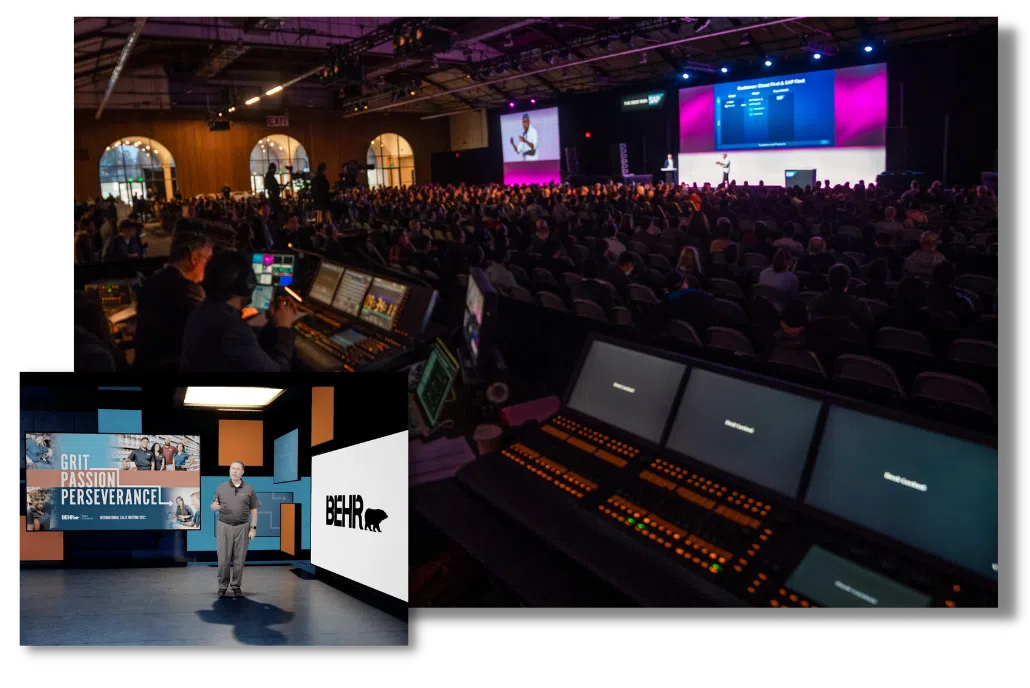Exploring the Advantages and Drawbacks of Fixed Framework and Portable Display Screensets for Every Viewing Experience
Exploring the Advantages and Drawbacks of Fixed Framework and Portable Display Screensets for Every Viewing Experience
Blog Article
As it pertains to experiencing movies, displays, or gaming, the kind of projection display used can significantly affect the viewing encounter. Two common options are stationary screens and mobile projection displays. Each kind has its own collection of benefits and disadvantages that can affect which one is most suitable for a particular scenario. Understanding these distinctions can help people and entities make informed choices about their viewing setups.
Fixed frame projecting displays are designed to be permanently mounted in a particular location. One of the main benefits of fixed frame screens is their ability to provide a smooth, flat area for displaying pictures. This evenness ensures that the picture clarity is crisp and clear, which is especially important for high-definition content. Additionally, fixed frame screens often come with a dark frame that improves differentiation and makes the projected picture pop more. This kind of display is perfect for residential cinemas or dedicated presentation rooms where the setup will not change often.
Conversely, mobile projecting displays provide versatility and ease of use. These displays can be readily assembled and dismantled, making them ideal for occasions that require mobility, such as conferences, classrooms, or outdoor film screenings. Portable screens come in various sizes and styles, including tripod and foldable options, allowing users to choose one that fits their needs. The capability to transport these screens makes them a popular choice for people who require to show in various places or for those who do not have a permanent area for a stationary screen.
However, there are some drawbacks to both types of screens. Fixed frame displays can be more costly and necessitate expert setup, which may not be practical for Read Full Report all. Additionally, once installed, they cannot be relocated with ease, restricting their application to a single location. In contrast, portable screens may not provide the same level of image quality as fixed frame screens. They can sometimes have wrinkles or bends that impact the display, particularly if they are not set up properly. This can be a concern for those who prioritize image clarity over ease of use.
Another factor to consider is the space available for the screen. Stationary displays require a dedicated area with enough surface area and suitable illumination conditions to optimize the viewing encounter. This can be a limitation for those living in compact houses or flats. Portable screens, however, can be employed in multiple settings, from spacious theaters to cozy sitting areas. This flexibility makes them a practical choice for numerous individuals, particularly those who may not have a permanent setup.
In conclusion, each stationary and portable projection displays have their distinct advantages and challenges. Fixed frame screens excel in providing superior images and a polished appearance, making them appropriate for dedicated viewing spaces. Conversely, portable screens offer flexibility and ease of use, making them perfect for mobile displays and events. By weighing the advantages and drawbacks of both kind, individuals and entities can select the projecting display that best fits their particular requirements and improves their viewing experience.